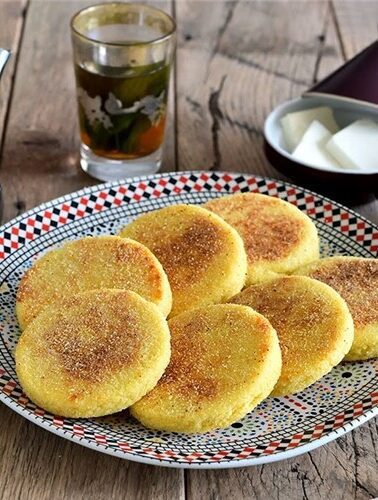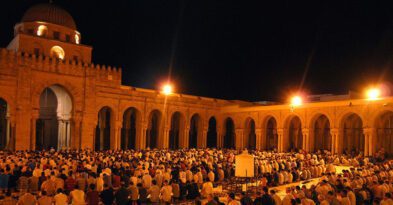The Moroccan Tea Ceremony
In Morocco, tea culture is widely recognized and deeply practiced. As the national drink, it symbolizes hospitality, kindness, and relaxation. Mint tea enchants all the senses—its aroma is intoxicating, and the velvety foam that crowns each cup completes this journey of pure pleasure.
The ritual begins when boiling water is poured into a silver pot filled with fresh mint leaves and Chinese green tea. As the fragrant steam rises, the tea is poured from a height, creating a layer of fine foam that softens the palate and enhances the flavor. From the first scent to the last sip, this multi-sensory experience embodies the Moroccan philosophy of welcoming guests with warmth and generosity.
The Culture and History of Tea in Morocco
In Moroccan culture, tea is considered an essential part of daily life and is even regarded as a national art form. The most commonly consumed variety is the popular Moroccan-style mint tea, served both during meals and in relaxing moments throughout the day. It’s recognized as a drink of hospitality, as it’s traditionally offered to guests.
Unlike traditional Moroccan cooking, which is typically prepared by women, tea preparation is always in the hands of men—they are the family members responsible for making and serving it. Please note that refusing a tea that has been served to you is considered quite rude and almost offensive; therefore, it’s better to accept it, even if you don’t drink it all, to make a good impression.
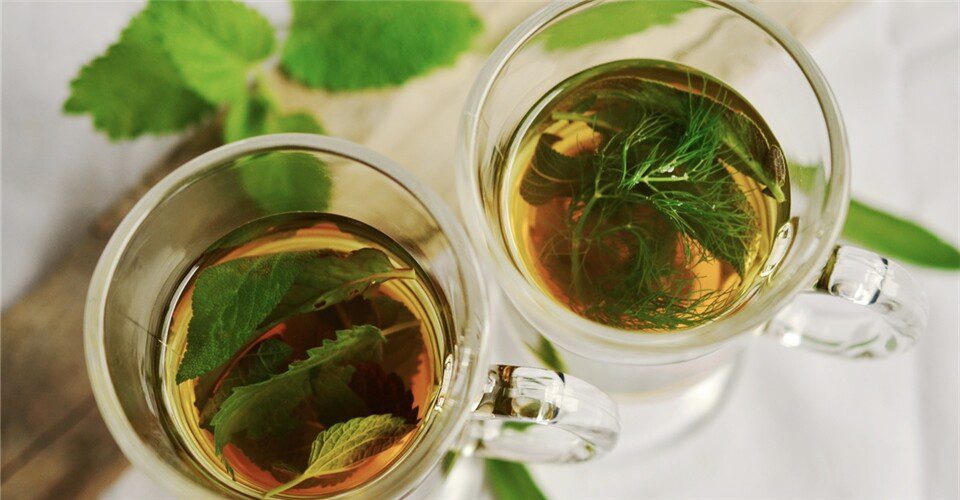
Regarding its history, there are different opinions about when and how tea arrived in Morocco. One version suggests that tea was introduced to the country during the 18th century when Queen Elizabeth I of England wanted to help British tableware merchants sell their products to the Moroccan upper classes. In the Sahara, the story goes that tea became popular because its preparation indicates that the water has been boiled, thus providing assurance that it’s free from unwanted microbes.
Tea preparation
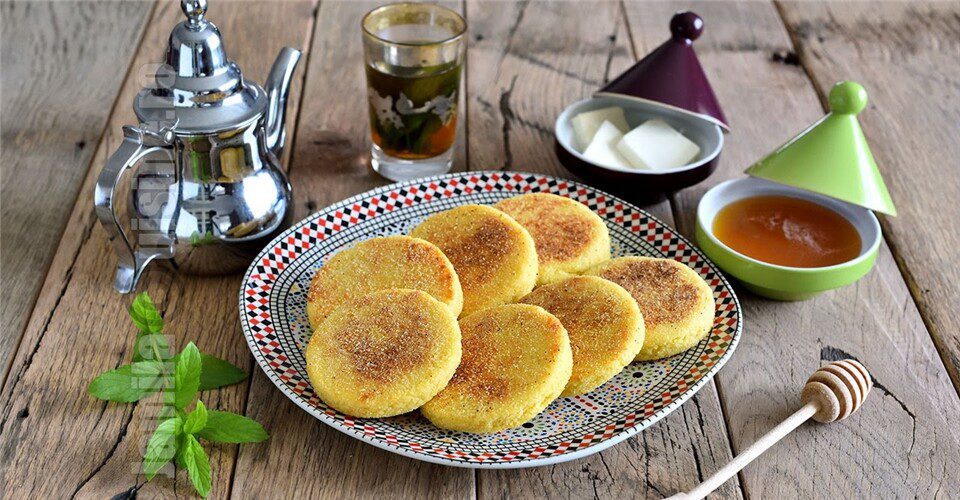
The preparation of this beverage varies significantly across different regions. You may notice that tea in northern Morocco is sweeter than in the south, and in some areas, they add other ingredients such as pine nuts or orange blossom flowers, creating unique layers of flavor.
During winter, when mint becomes scarcer, it’s common for the drink to be made (or supplemented) with Artemisia leaves, which adds a distinctive flavor and makes it slightly more bitter. The tea is prepared on a metal tray using metal teapots, often made of stainless steel or silver. Boiling water is poured into the pot, or the pot is placed directly over the fire.
When the tea master pours the amber liquid from a height, creating an elegant arc, the intertwining aroma and steam culminate in a sensory feast that engages sight, smell, and taste simultaneously. This regional diversity in preparation methods reflects Morocco’s rich cultural tapestry, where each area has developed its own signature approach to the national drink while maintaining the core ritual that makes Moroccan tea culture so distinctive.
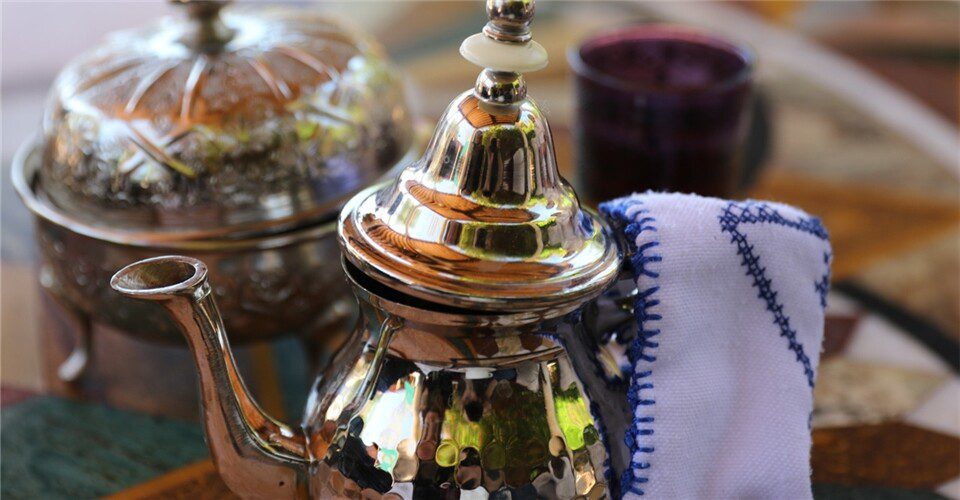
The tea is poured into a glass from a height several times, creating a light foam until it is deemed perfectly blended. This traditional method aerates the beverage, enhancing its flavor profile and releasing the full aroma of mint and green tea.
A cherished saying captures the essence of the tea ritual: the first glass is “as bitter as life,” the second “as strong as love,” and the third “as sweet as death.” Served in colorful glass cups that catch the light, the amber liquid creates a visually stunning ceremony that engages all senses.
When traveling through Morocco, prepare to immerse yourself in the culture of mint tea. The streets offer a continuous feast of this aromatic drink—every shop, street vendor, and restaurant includes this delightful beverage with traditional meals. In the markets, it’s common to welcome customers with a glass of mint tea as a symbol of hospitality. This gesture transcends mere commerce, representing the Moroccan philosophy of warm welcome and shared moments. The refreshing warmth of this tradition will become one of your most cherished memories of the journey.
Contact us for more travel information!

